Product Introduction
This is a throttle body part made from A356 aluminum material by gravity casting. Aluminum material significantly lighter than steel, aluminum reduces overall engine weight, improving fuel efficiency and handling in automotive applications. By leveraging gravity casting's ability to produce complex, high-integrity parts and aluminum's lightweight, heat-resistant properties, it delivers reliable, efficient airflow control, making it indispensable in modern internal combustion engines.
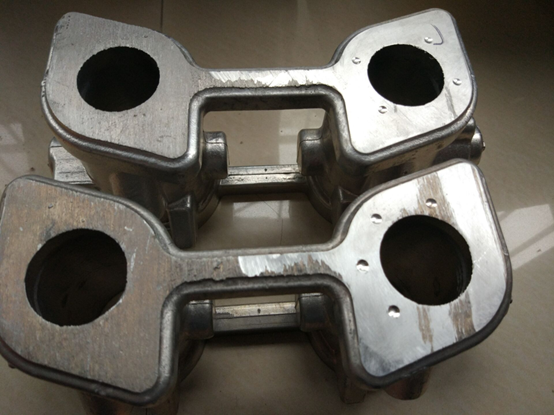
Material and process
Material advantage
It is made from A356 aluminum material. This not only reduces the weight of the throttle body, but also naturally forms a protective oxide layer, resisting degradation from moisture, oil, and combustion byproducts, which is critical for longevity in harsh engine environments.
Drawing analysis
Gravity casting, also known as permanent mold casting, is the process behind crafting this throttle body, here is the throttle body 3D drawings:
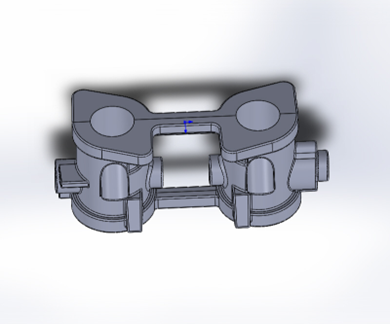
Manufacturing Process
After confirmed the drawings by customer, we begin to make the mold.
Select high-performance hot-work tool steels, the raw material undergoes forging and annealing to enhance structural integrity. Rough machining removes excess material, followed by heat treatment to achieve optimal hardness and heat resistance. Precision finishing, via CNC milling, EDM, wire cutting, and grinding, ensures micron-level accuracy and smooth cavity surfaces.
Then molten aluminum alloy A356 is poured into a preheated, reusable steel mold under the force of gravity, no external pressure is applied. This slow, controlled filling minimizes porosity and ensures uniform metal distribution, critical for parts requiring airtightness and structural integrity.
Below is the castings with feed port:
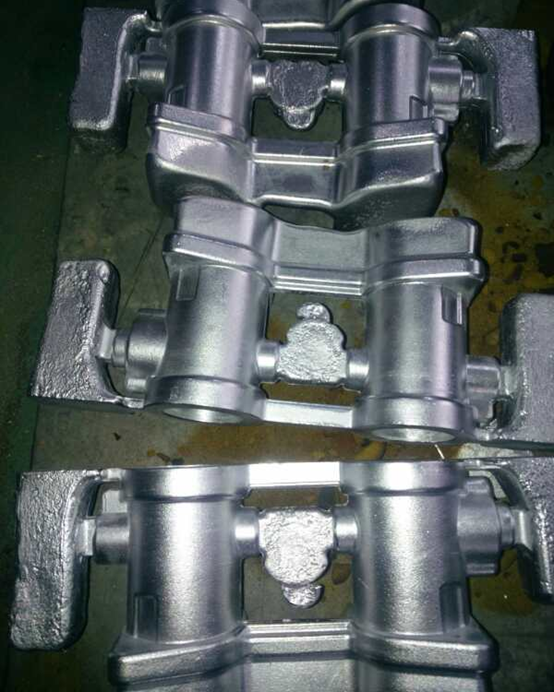
Inspection
Cut excess material, and require T6 heat treatment. After that, take surface for sampling, and use Brinell hardness tester to test the throttle body hardness is qualified or not:
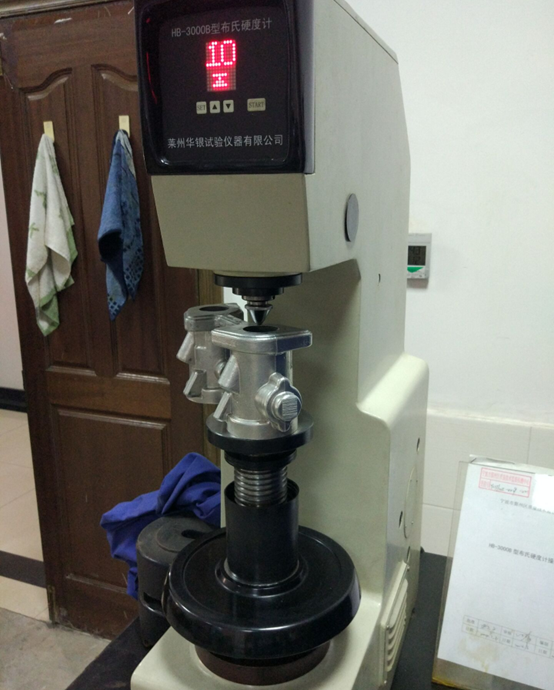
Then conduct X-ray inspection on the product to ensure there is no porosity or cracks inside.
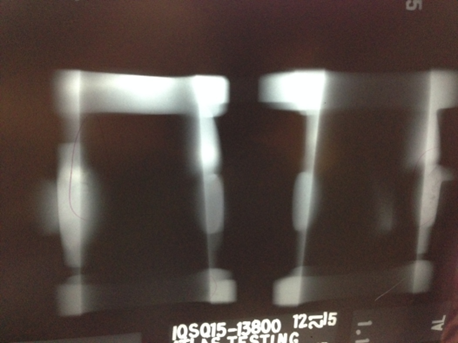

All the inspections are completed, the products will then undergo CNC milling. Here are the machining surface:
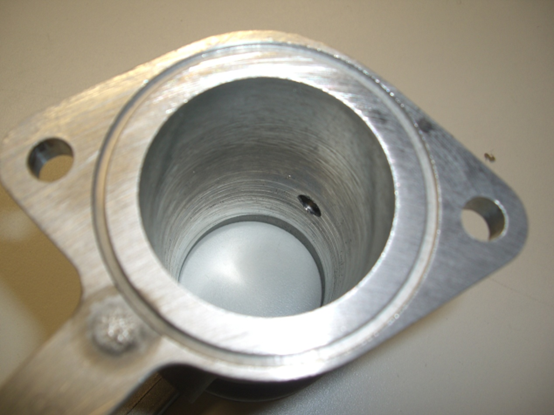
CNC machining flange surface 1

CNC machining flange surface 2
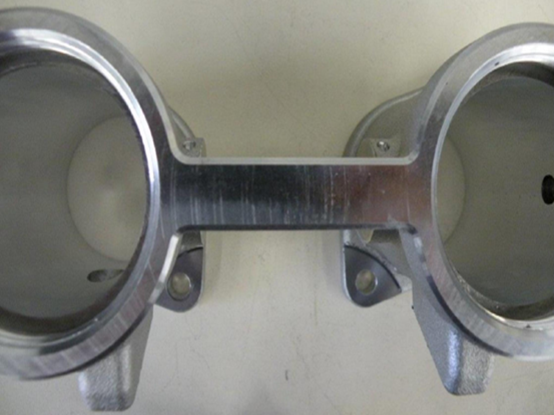
CNC machining flange surface 3
Packing
This product is individually wrapped in bubble wrap and then placed into a wooden crate for packaging. The bubble wrap provides a cushioning layer to protect the product from scratches and minor impacts, while the sturdy wooden crate offers robust structural support, ensuring the product remains secure during transportation and handling. This dual-layer packaging approach effectively safeguards the product's integrity.
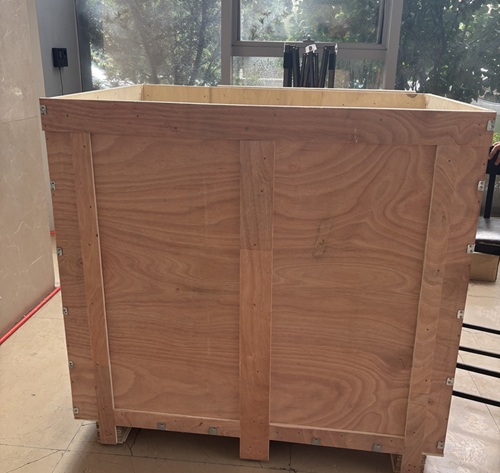
English
العربية
Français
Русский
Español
Português
Deutsch
italiano
日本語
한국어
Nederlands
Tiếng Việt
ไทย
Polski
Türkçe
አማርኛ
ພາສາລາວ
ភាសាខ្មែរ
Bahasa Melayu
ဗမာစာ
தமிழ்
Filipino
Bahasa Indonesia
magyar
Română
Čeština
Монгол
қазақ
Српски
हिन्दी
فارسی
Kiswahili
Slovenčina
Slovenščina
Norsk
Svenska
українська
Ελληνικά
Suomi
עברית
Dansk
Afrikaans
Gaeilge
Eesti keel
latviešu
Беларуская мова
Български
Català
Lietuvių
Lëtzebuergesch
Македонски









































